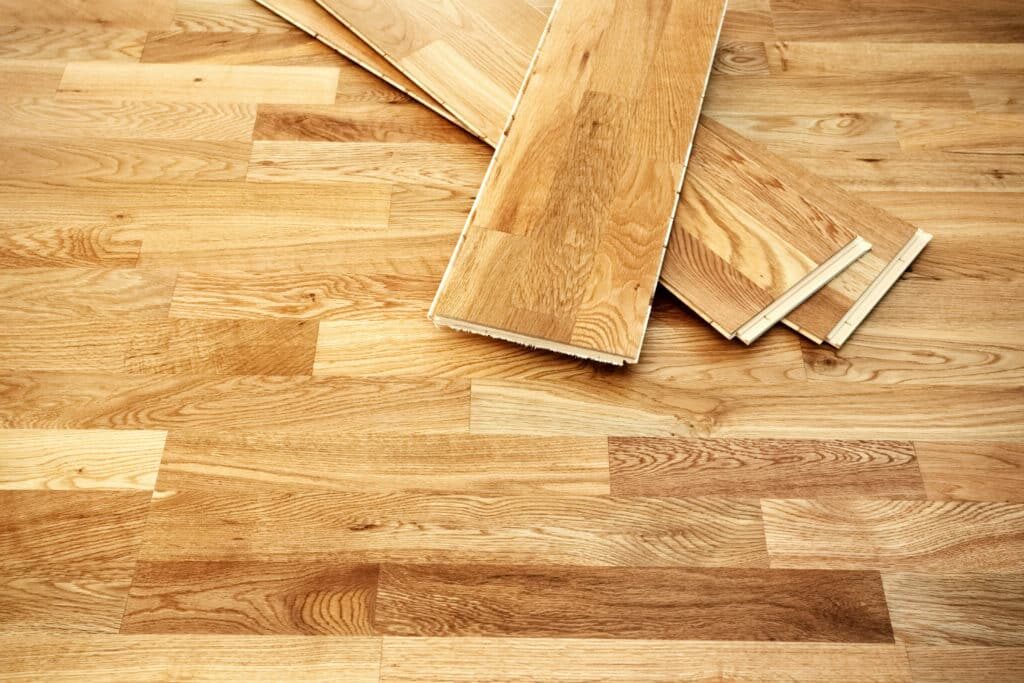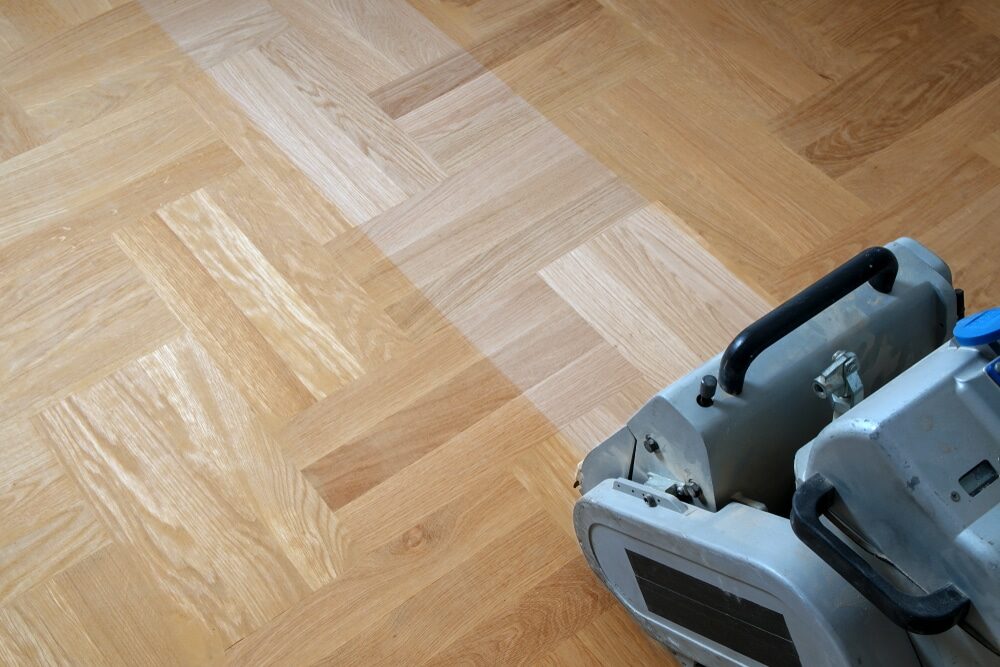London:
Nationwide:
How polished wooden floors can help asthma sufferers
Posted on May 5, 2023
Blog
Breathe Easier with Polished Wooden Floors: A Solution for Asthma Sufferers
Asthma is a respiratory condition that affects millions of people worldwide, causing inflammation of the airways and difficulty breathing. While there is no cure for asthma, there are ways to manage the condition and minimise its impact on daily life. One such strategy is to create an environment that minimises exposure to triggers such as dust mites, pet dander, and mould. In this blog post, we will explore how polished wooden floors can help asthma sufferers by providing a cleaner and healthier living space.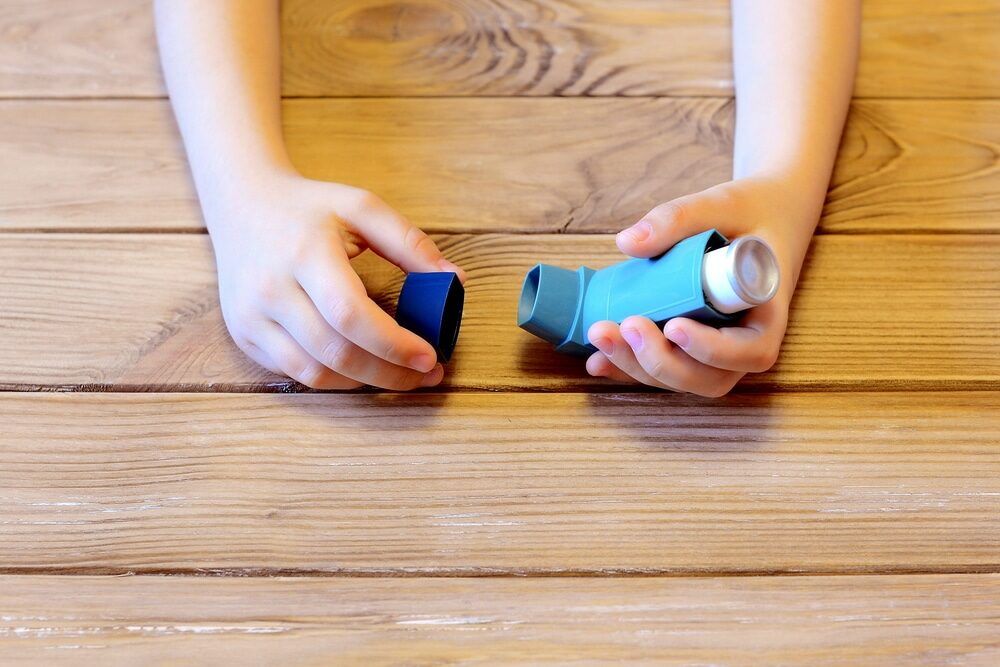
Section 1: Understanding Asthma and Its Triggers
Asthma is a chronic respiratory condition characterised by inflammation and narrowing of the airways, leading to difficulty breathing, coughing, wheezing, and chest tightness. The severity and frequency of asthma symptoms vary from person to person and can be triggered by various factors, including allergens, irritants, and environmental conditions. Common triggers for asthma include:- Dust mites: These tiny creatures are found in household dust, feeding on dead skin cells. Their faeces and body fragments are potent allergens, which can trigger asthma symptoms in susceptible individuals.
- Pet dander: Animal skin cells, saliva, and urine can all contain proteins that trigger asthma symptoms in some people.
- Mould: Damp environments promote mould growth, which releases spores and other particles that can irritate the airways and trigger asthma symptoms.
- Pollen: Pollen from grasses, trees, and weeds can trigger seasonal asthma symptoms.
- Airborne irritants: Tobacco smoke, strong odours, air pollution, and cold air can irritate the airways and trigger asthma symptoms.

Section 2: The Role of Flooring in Asthma Management
The choice of flooring in your home can significantly impact the overall air quality and the presence of allergens. Carpets, for example, can harbour allergens such as dust mites, pet dander, and mould. Vacuuming and cleaning may not be enough to remove these allergens completely, leading to increased exposure and the potential worsening of asthma symptoms.In contrast, polished wooden floors offer several advantages for asthma sufferers:
- Easy to clean: Wooden floors are easy to clean and maintain, allowing for the effective removal of allergens. Regular sweeping, vacuuming, and damp mopping can keep the floor surface free of dust mites, pet dander, and other particles that may trigger asthma symptoms.
- Hypoallergenic: Unlike carpets, wooden floors do not trap allergens, making them a more hypoallergenic option for people with asthma. The smooth surface of polished wooden floors leaves no hiding places for allergens, helping to reduce exposure and improve indoor air quality.
- Mould-resistant: Wooden floors are less prone to mould growth compared to carpets, especially when properly maintained and sealed. This is particularly beneficial for asthma sufferers, as mould spores can be a potent trigger for asthma symptoms.
- Durability: Polished wooden floors are long-lasting and can withstand the wear and tear of daily use, making them a cost-effective and sustainable flooring option. The durability of wooden floors also means fewer replacements, which can be disruptive and expose asthma sufferers to additional allergens during the process.
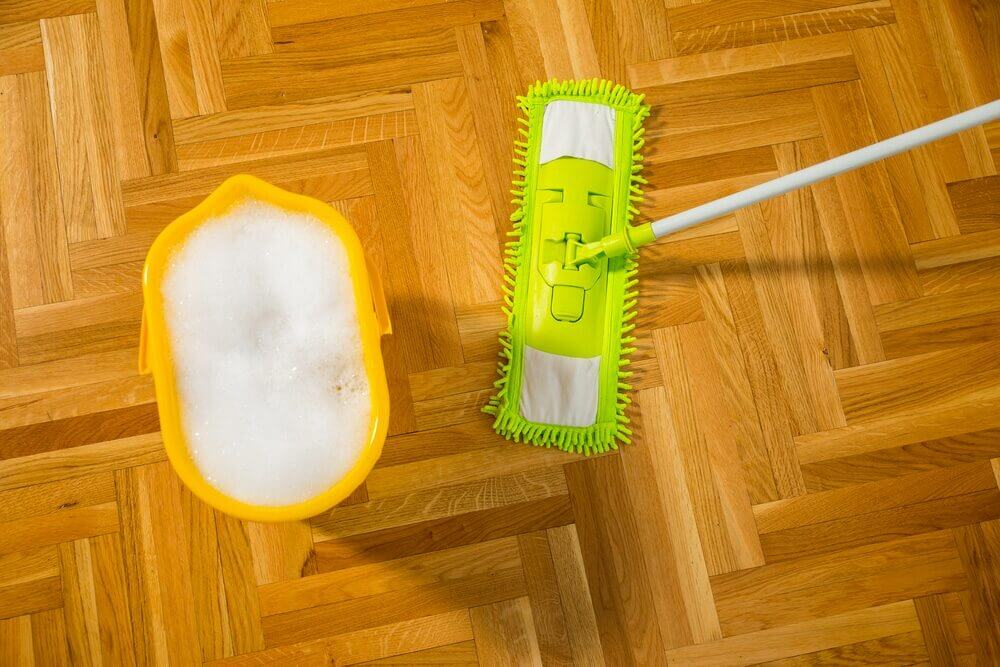
Section 3: Choosing the Right Type of Wooden Floor for Asthma Sufferers
When selecting a wooden floor for your home, it’s essential to consider the specific needs of asthma sufferers. Here are some tips to guide your decision:- Opt for hardwood: Hardwood floors, such as oak, maple, and walnut, are more resistant to moisture and less likely to harbour allergens compared to softwood floors like pine. Additionally, hardwood floors are more durable and less prone to scratches and dents, ensuring a longer-lasting, allergen-free surface.
- Choose a low-VOC finish: Volatile organic compounds (VOCs) are chemicals found in many products, including floor finishes, and can emit potentially harmful gases. Low-VOC finishes can help maintain better indoor air quality and minimise irritation to the airways of asthma sufferers. Look for water-based polyurethane or natural oil finishes, which typically have lower VOC levels than solvent-based finishes.
- Select a tight grain pattern: Woods with a tight grain pattern, like maple and oak, are less likely to accumulate dust and allergens. This makes them more suitable for asthma sufferers, as they provide a smoother surface that’s easier to clean and maintain.
- Consider prefinished flooring: prefinished wooden floors have been sanded, stained, and sealed in a controlled factory environment, reducing the amount of dust and VOCs released during the installation process. This can be especially beneficial for asthma sufferers, as it helps maintain better indoor air quality during and after installation.
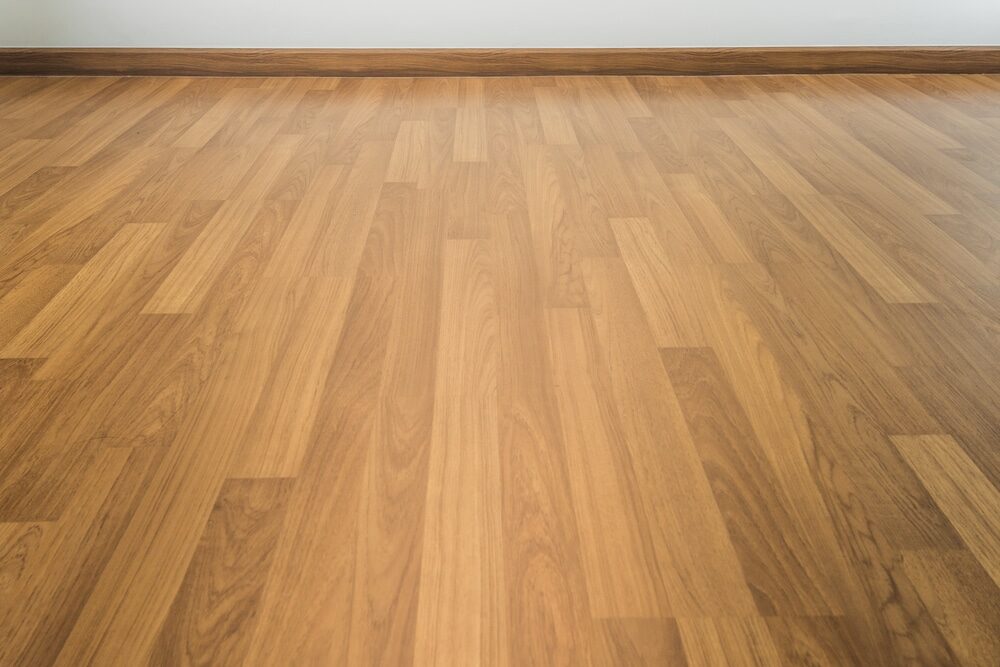
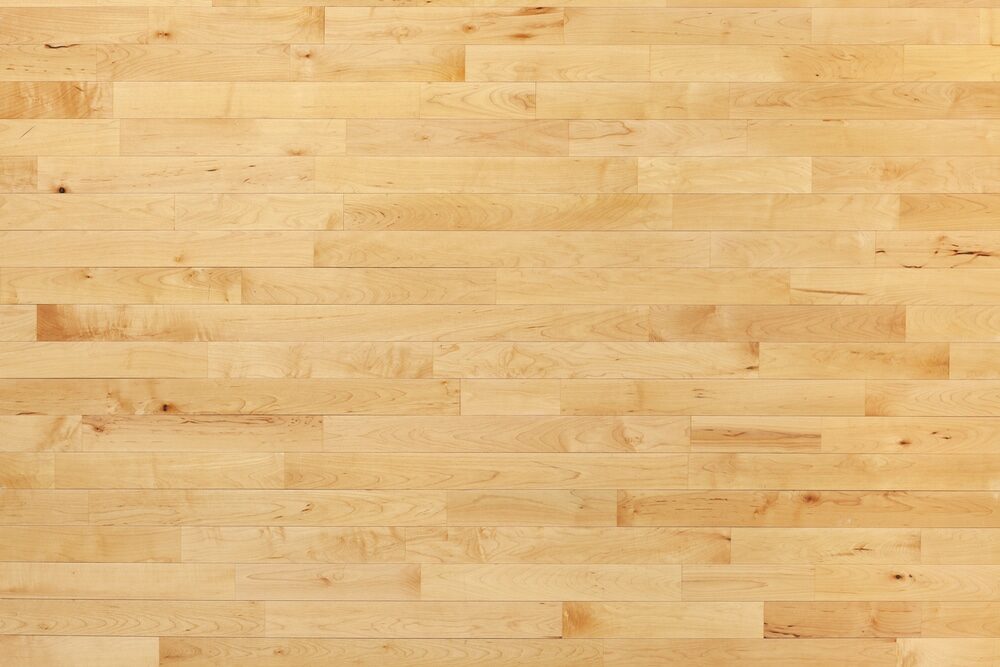
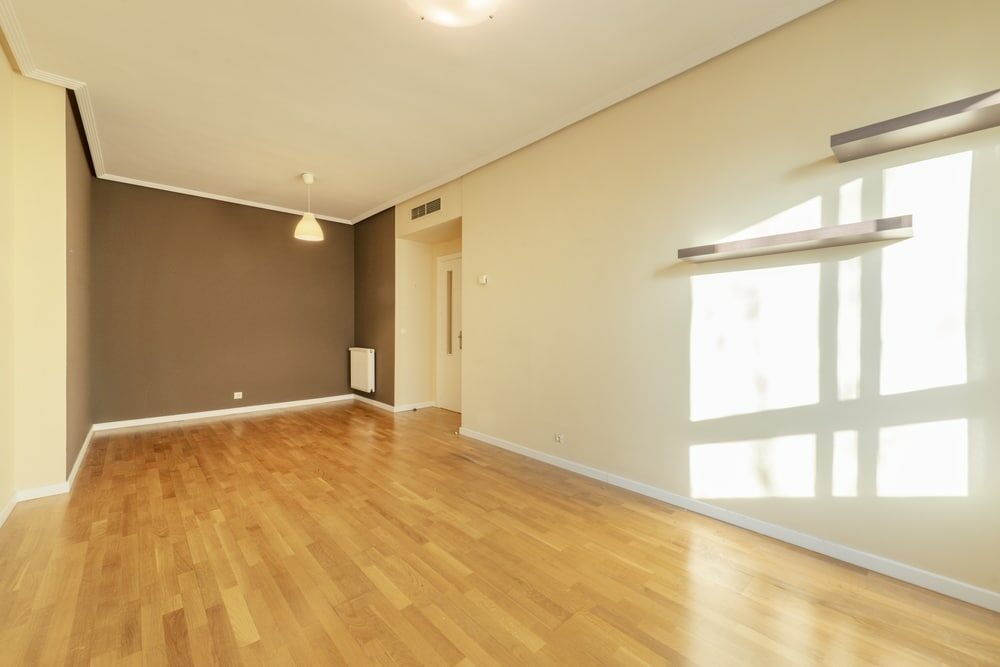
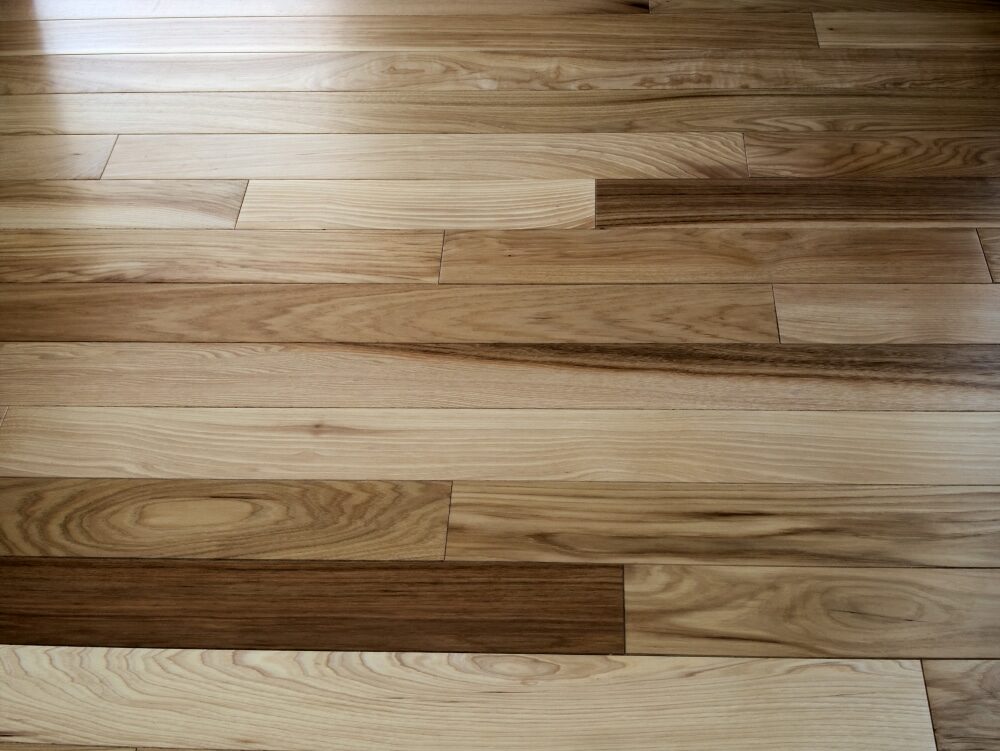
Section 4: Proper Maintenance of Polished Wooden Floors for Asthma Sufferers
To fully benefit from the advantages of polished wooden floors, it’s essential to follow proper maintenance practises. Here are some tips for keeping your wooden floors clean and allergen-free:- Sweep or vacuum regularly: Remove dust and allergens from your wooden floors by sweeping or vacuuming at least twice a week. Be sure to use a vacuum cleaner with a HEPA filter, which can effectively capture and contain fine particles, including allergens.
- Use a damp mop: Damp mop your wooden floors once a week to remove any remaining dust and allergens. Avoid using excessive water, as this can damage the wood. Instead, use a microfiber mop or cloth dampened with water or a specially formulated wood floor cleaner.
- Maintain proper humidity levels. Excessive moisture can lead to mould growth and warp wooden floors. Use a dehumidifier or air conditioner to maintain indoor humidity levels between 30% and 50%. Additionally, promptly address any water spills or leaks to prevent damage and mould growth.
- Keep pets well-groomed: Regularly groom your pets and clean their bedding to minimise the amount of pet dander in your home. If possible, designate pet-free zones, especially in bedrooms, to further reduce exposure to pet allergens.
- Use doormats: Place doormats at all exterior entrances to minimise the amount of dirt and allergens brought into your home. Encourage family members and guests to remove their shoes upon entering to further reduce the spread of allergens.
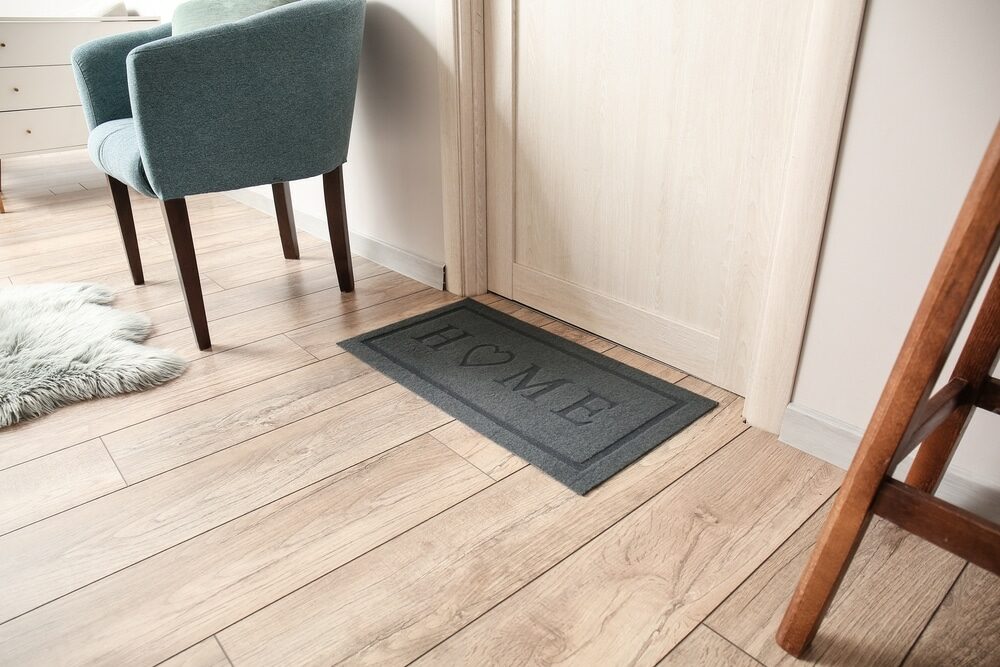
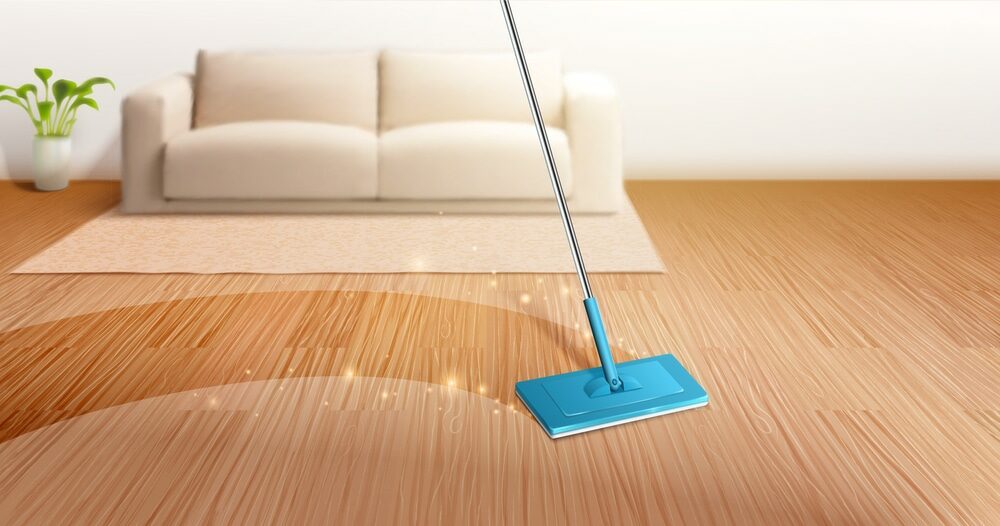
Some Useful Links:
- Wood Floor Restorations
- Wood Floor Repairs
- Floor Sanding Services
- Wood Floor Polishing
- Wood Floor Renovations
Conclusion
For asthma sufferers, creating a home environment that minimises exposure to allergens is crucial for managing their symptoms. Polished wooden floors offer a cleaner, hypoallergenic, and more easily maintained surface compared to carpets, making them an ideal choice for those with asthma. By selecting the right type of wooden floor and following proper maintenance practises, asthma sufferers can enjoy a healthier living space and breathe easier.Sanding
We provide virtually dust-free sanding with our continuous belt machinery with mobile extraction units, giving you a safer environment for your family.
Oiling
This organic finish not only adds beauty to your home but also has exceptional water-repellent characteristics, making it easier to clean and maintain.
Waxing
This natural floor finish offers the softest and most mellow appearance – and leaves your floor able to breath.
Buffing
Using soft buffing machines (and hand-polishing where required) will bring a wonderful sheen to your newly-finished floor.
Repairs
We offer a full assessment of your wooden floors to determine what repairs are needed to provide the perfect working surface for the later stages of sanding, staining and sealing.
Restoration
We offer a comprehensive restoration process designed to address floors that are improperly fitted or damaged over time through wear and tear.
Request a fixed price quote for your wood floor restoration now
Simply enter your postcode below to get started.
Services
Wood Floor Sanding Wood Floor Restoration Wood Floor Scratch Repair Squeaky Wood Floor Repair Parquet Floor Sanding Parquet Floor Restoration Commercial Floor Sanding Church Floor Sanding Community Centre Floor Sanding School Floor Sanding Gap Filling Gap Filling with ResinCopyright © Mr Sander®
Privacy & Cookies Terms & Conditions Complaints Procedure Cancellation Rights Sitemap

